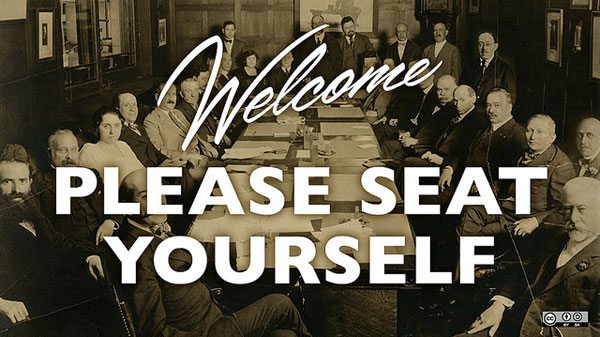
December 6, 2017; Lohud.com
When it comes to budget discussions, the old adage holds up: You need to be in the room if you want your resources and priorities protected. During recent county budget deliberations in Westchester County, New York, various nonprofit leaders made sure their programs were visible and vocal.
Another lesson your grandmother probably taught you goes a long way, too: Say “thank you” when someone does a good deed. The best way to encourage good behavior is to acknowledge it, and you may even get more of it in the future. These local leaders made sure to give elected officials “effusive praise” when funding for nonprofits was included, and even expanded, in the county budget.
“We’re all here to say, thank you so much for the proposed addition of child care to the budget,” said Sandra Arasim, who works with the Child Care Council of Westchester.
Arasim, flanked by several council members, said the nearly $1 million reimbursement added back for child care providers would have an immediate impact on the children and families her organization works with.
Sign up for our free newsletters
Subscribe to NPQ's newsletters to have our top stories delivered directly to your inbox.
By signing up, you agree to our privacy policy and terms of use, and to receive messages from NPQ and our partners.
Nonprofit executive directors were on hand—and in front of the media—when they seized the opportunity to remind decision-makers that many services provided by nonprofits are cost-effective measures that improve communities and individual lives. No doubt these gains were hard won and not just an overnight victory. It is important for nonprofit leaders to engage elected officials at all levels in order to educate them about how your programs not only benefit citizens, but likely save on government dollars in the long run.
Like so much nonprofit work in fundraising or management, it’s all about relationships. It does take time and effort to come to be seen as a resource to decision-makers, but it’s an investment that can pay off time and time again.
Besides, if nonprofits aren’t in the halls of government raising the voices of marginalized populations, who will? Tufts University professor of political science Jeffrey Berry notes in some of his research that despite being experts in direct services, nonprofit leaders are sometimes leery of weighing in:
Less advocacy means less representation. Approximately half of the 211,000 charities large enough to file an informational tax return are either in the fields of health or human services. Their clients are the most disadvantaged people in American society. The only organizations with an interest in representing the frail elderly, the mentally retarded, immigrants, the unemployed, people without health insurance, battered women, the disabled, and many other marginalized constituencies are charities. Yet nonprofit groups are a muffled voice on their behalf, if they’re a voice at all.
Kudos to these New York nonprofit leaders who are seeing themselves as partners with government in all aspects of engagement, whether bidding to be a service provider or by advocating for additional resources. They recognize the importance of showing up, never burning bridges, and remembering to say thank you!— Jeannie Fox












